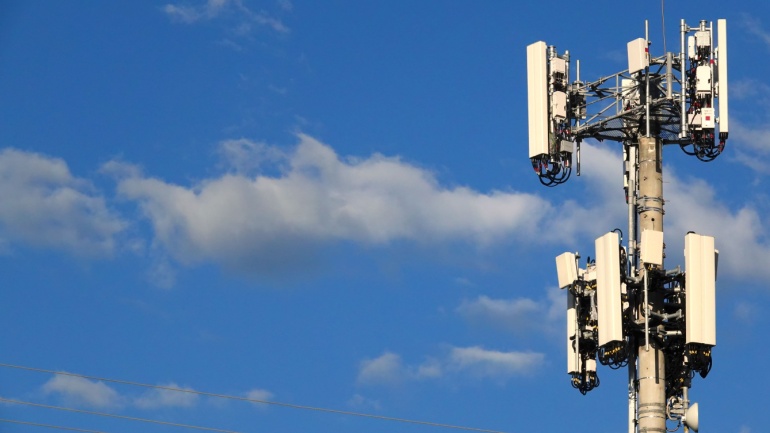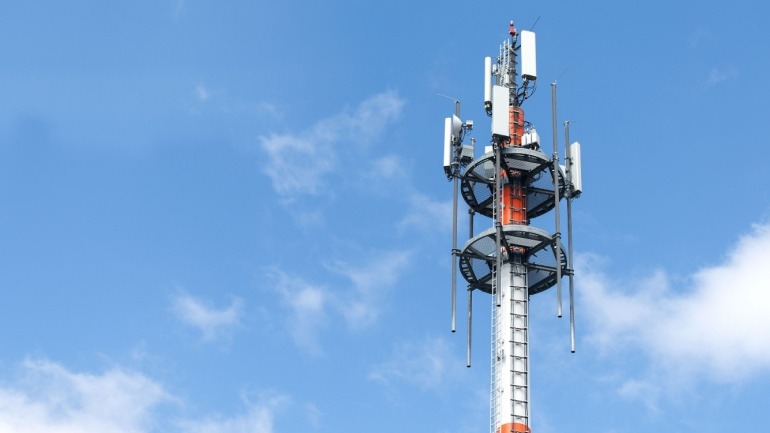Chunghwa Telecom and Ericsson have unveiled an advanced 5G network slicing solution, enabling enterprises to activate customized network slices on demand. This innovation enhances network performance, flexibility, and efficiency for critical operations.
Telstra’s collaboration with Ericsson is set to redefine Australia’s telecommunications through the launch of a 5G Advanced network, offering bespoke connectivity and innovative applications. The integration of Ericsson’s Open RAN-ready hardware and AI automation enhances network efficiency and reliability.
Vodafone plans to expand its 5G network to cover 90% of Spain by 2025, reaching rural and urban areas alike. This rollout leverages the 700MHz frequency for better indoor coverage and faster data speeds.
China Unicom is spearheading an ambitious 5G-Advanced (5G-A) rollout, aiming to cover 300 cities by 2025. This substantial initiative highlights their commitment to network enhancement, offering blazing 5Gbps to 10Gbps speeds.
Telefónica has selected Nokia to supply 4G and 5G core network services for enterprises in Spain, enhancing low-latency solutions like industrial robots and IoT. Simultaneously, Telefónica is advancing its quantum strategy with the BasQ Alliance, hosting Fujitsu’s Digital Annealer to drive innovation in finance, energy, and telecom.
Druid Software has launched a high-end 5G core for private enterprise and edge networks, collaborating with Napatech and Red Hat. The solution enhances 5G SA features like network slicing and URLLC, optimizing efficiency and reducing costs.
Future Technologies has achieved impressive success with over $20 million in Industry 4.0 private 5G deals, primarily partnering with Nokia. Their focus on private 5G extends to connected industrial systems, boosting operational efficiency.
Virgin Media O2 has expanded its 5G Standalone services across the UK, now reaching 500 towns and cities. This strategic move enhances enterprise-level connectivity, supporting innovative applications such as autonomous transport and remote healthcare.
Airtel is revolutionizing India’s telecom sector by collaborating with Nokia and Qualcomm to amplify 5G Fixed Wireless Access (FWA) and Wi-Fi solutions. Emphasizing the advantages of 5G technology, this partnership is set to address India’s digital demands.
Samsung Electronics is enhancing UScellular’s 5G network in the Mid-Atlantic with its innovative 5G technology, focusing on fixed wireless access and mobile traffic. The deployment of the 5G Compact Macro simplifies installation and delivers high-speed, low-latency service, crucial for mmWave connectivity.













